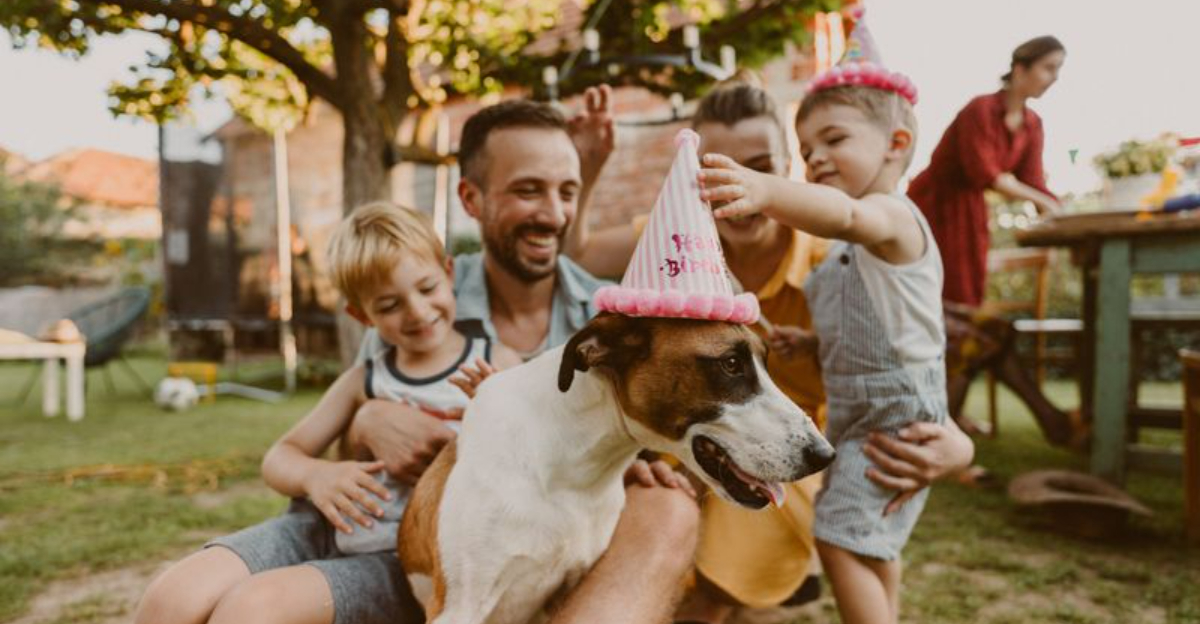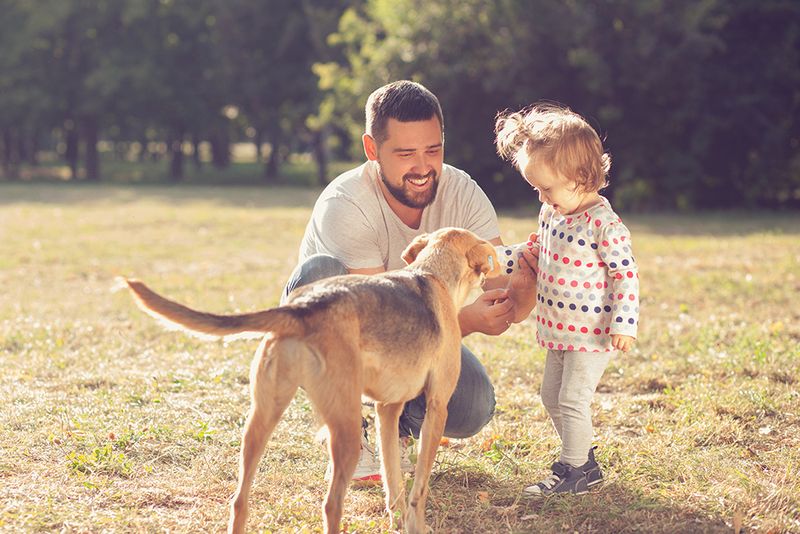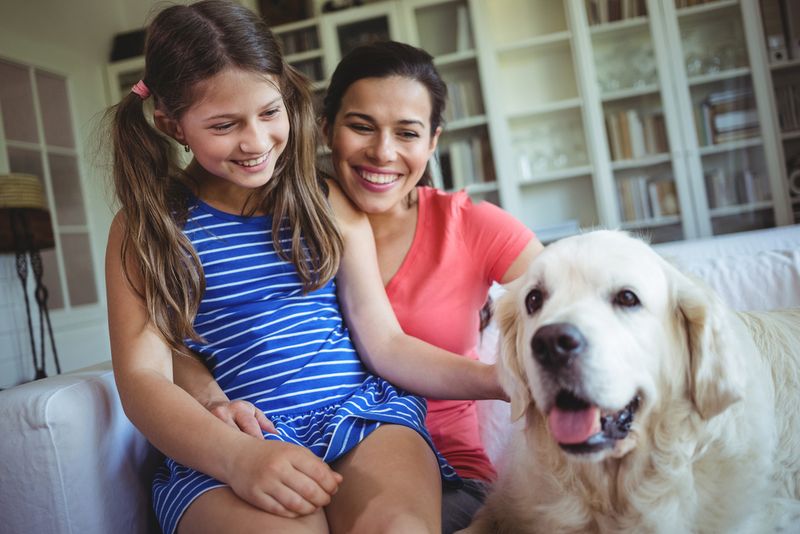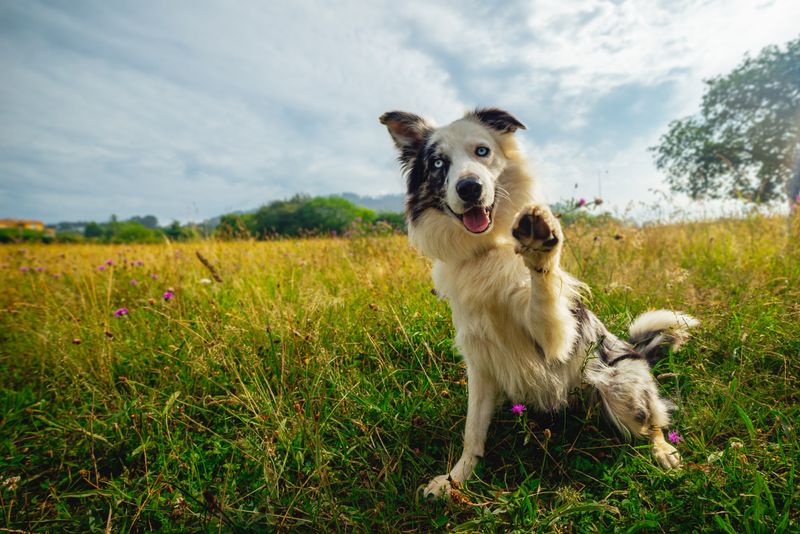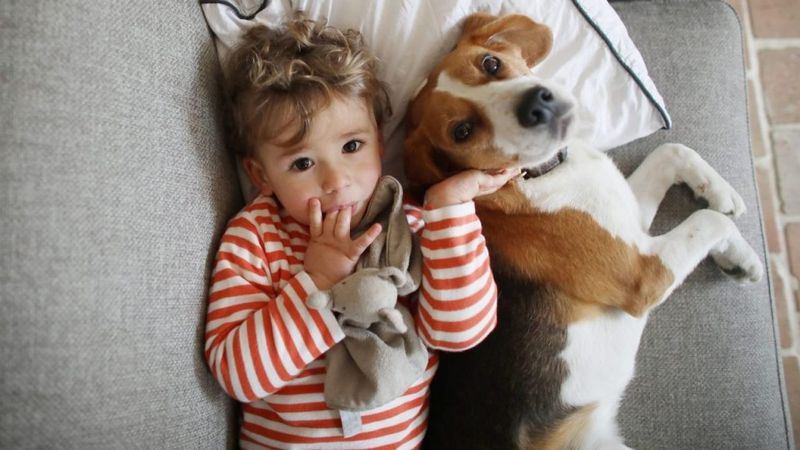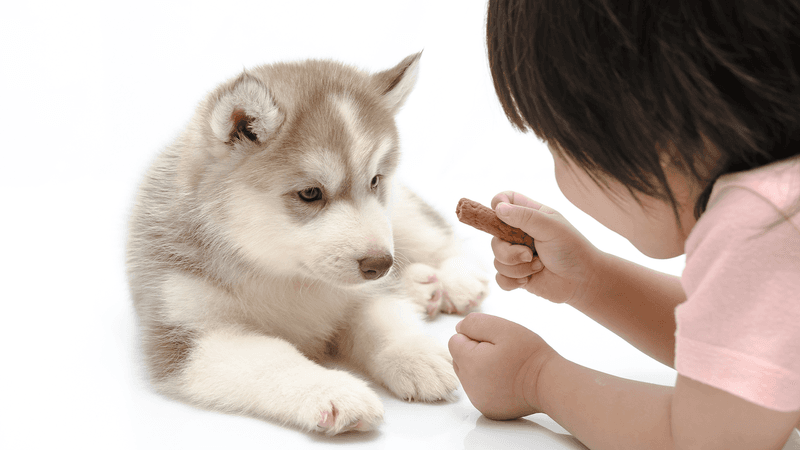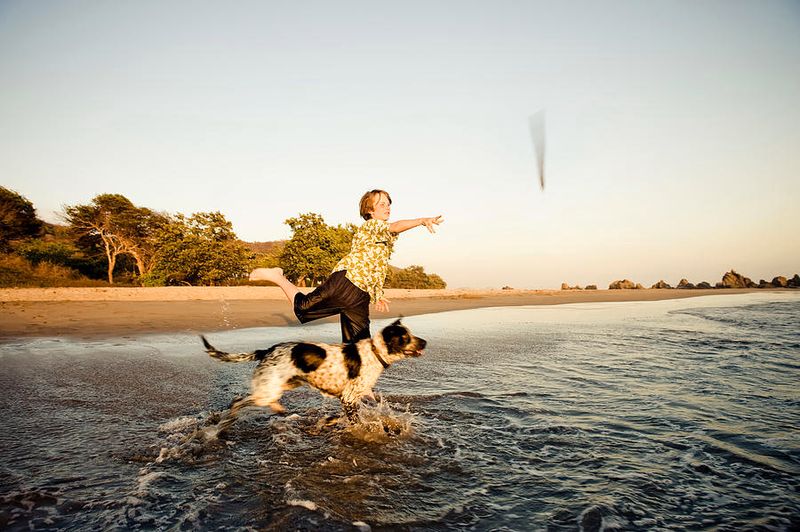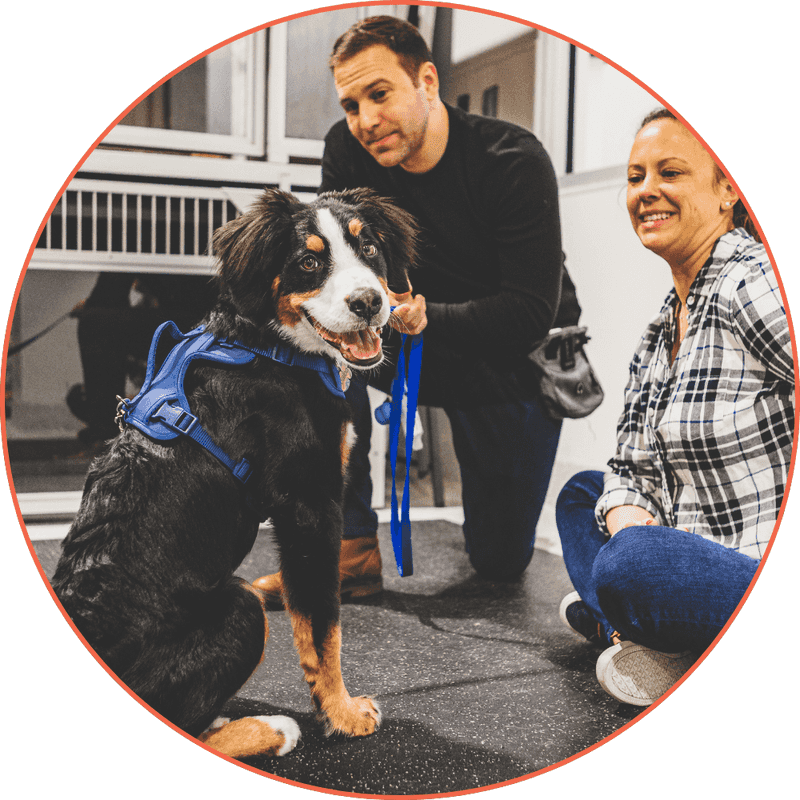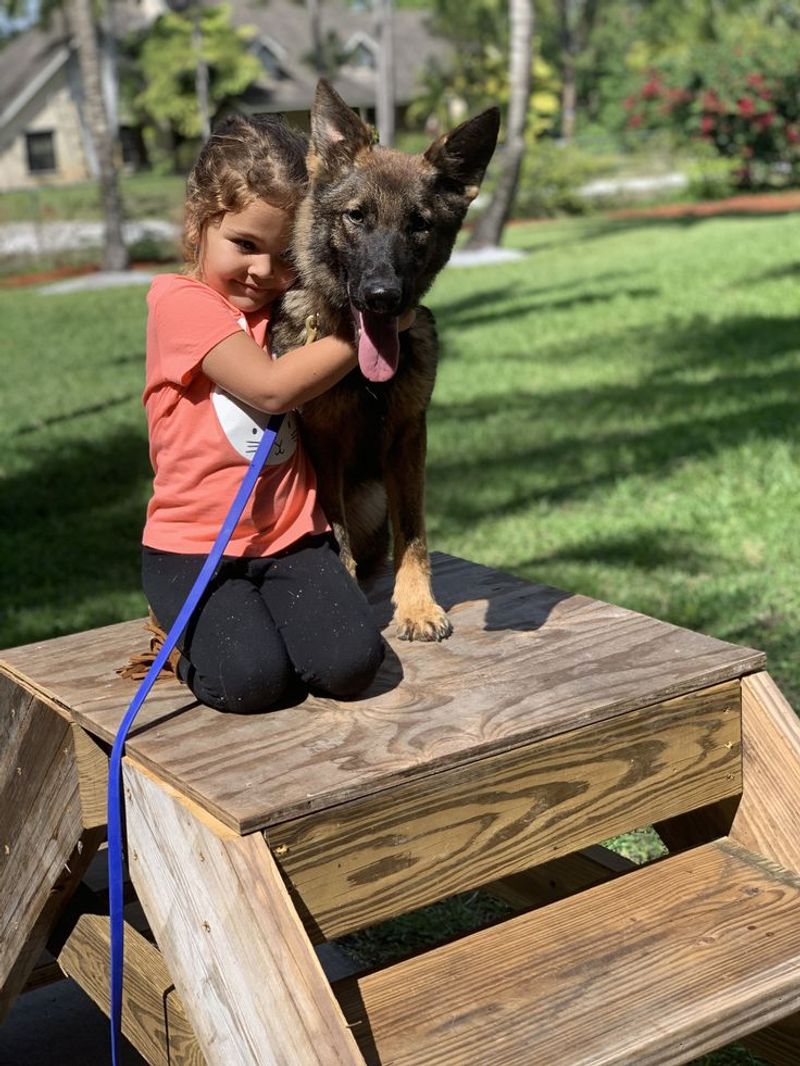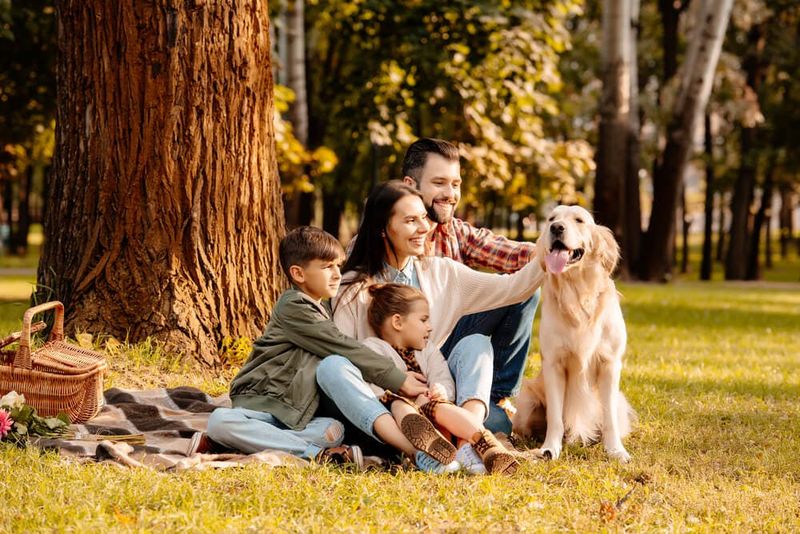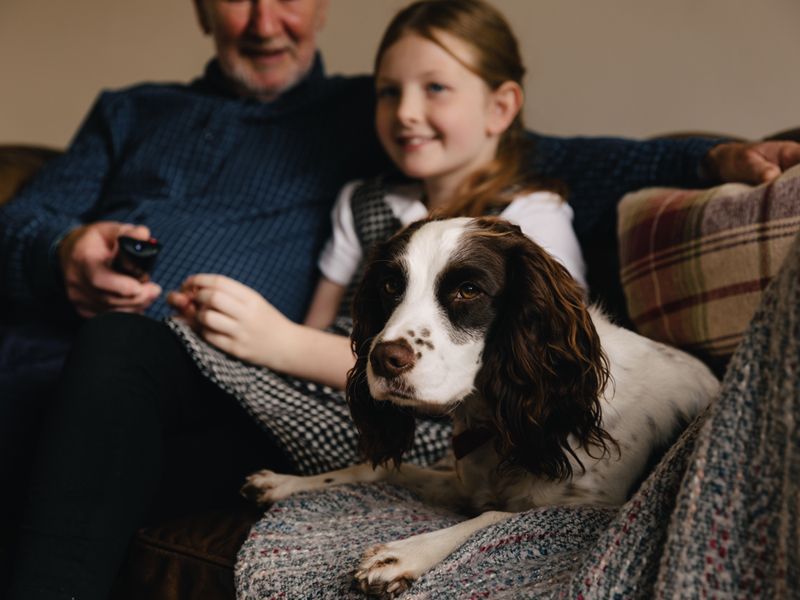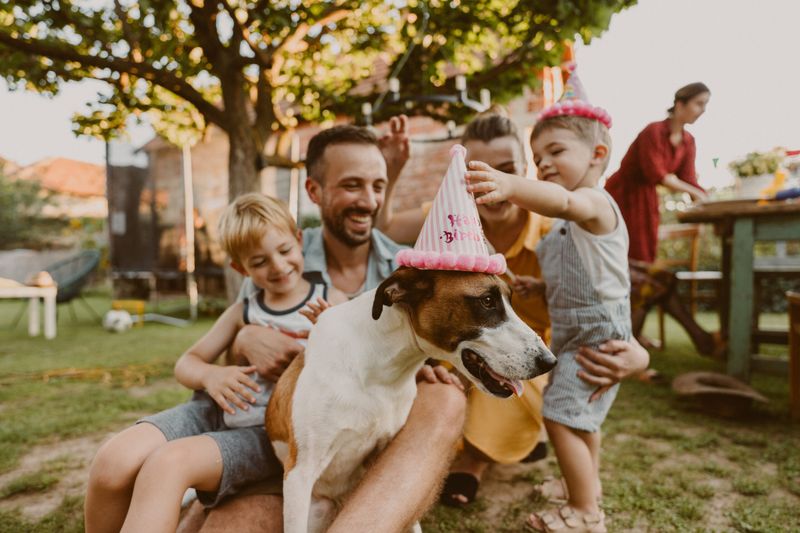Building a harmonious relationship between kids and dogs is not only rewarding but essential for safety and mutual respect. Here, we’ve compiled 11 tried-and-true strategies to foster a positive bond between your children and furry friends.
Supervision is Key
Supervision ensures safety during playtime. Keep a watchful eye as your child and dog interact, especially in new environments. This vigilance builds confidence in your child and reassures your pet.
Whether they’re playing fetch or sharing a quiet moment, being present helps prevent accidents and misunderstandings. Dogs are intuitive, picking up on your protective presence, which encourages them to be more at ease.
Remember, your presence is like a safety net that nurtures the bond between child and pet.
Teach Respectful Touching
Teaching the art of gentle touching is vital. Encourage your child to softly pet the dog, avoiding sensitive areas like the tail and ears.
Young children must learn that dogs aren’t toys, but companions deserving respect and kindness. Demonstrating proper petting techniques is beneficial.
Incorporate role-playing games to make learning fun and engaging. This understanding lays the groundwork for a respectful relationship, with fewer chances of accidental harm.
Understand Canine Body Language
Canine body language is a fascinating, silent communication form. Teach your kids how to interpret wagging tails, barking, or a lowered head.
A wagging tail isn’t always a happy sign; it can indicate anxiety or excitement. Observing together can be an enlightening family activity.
Learning these cues ensures safer interactions and a deeper, empathetic connection with your dog.
Set Boundaries
Setting boundaries is essential for both children and dogs. Teach your child to respect the dog’s space, especially during meal times or when resting.
Create dog-free zones where your pet can retreat if overwhelmed. This ensures dogs feel secure, reducing stress and enhancing their trust in family interactions.
Boundaries help your child learn respect and empathy, crucial life skills shared in their relationship with pets.
Positive Reinforcement
Positive reinforcement can be a bonding activity. Encourage your child to reward the dog for good behavior with treats or praise.
This method fosters an atmosphere of encouragement and accomplishment. Whether the dog sits on command or simply behaves calmly, celebrating these moments strengthens their bond.
Through positive reinforcement, children learn patience and consistency, essential tools in any relationship, human or canine.
Playtime and Activities
Playtime bridges any gap between your child and dog. Whether it’s a simple game of fetch or a more involved agility course, engaging activities are key.
These shared experiences build joyful memories and foster mutual trust. Always select games suitable for your dog’s age, size, and breed to keep it fun and safe.
Through play, children learn responsibility, and dogs enjoy the companionship they crave.
Proper Training
Professional training is invaluable. Enlist a trainer to teach both your child and dog. Structured sessions ensure everyone learns commands and routines consistently.
Trainers can provide tips tailored specifically to your child’s age and your dog’s temperament. These lessons reinforce obedience in a way that’s enjoyable for both.
Training not only improves behavior but also deepens the respect and understanding shared between your child and dog.
Safety Drills
Incorporating safety drills nurtures a prepared environment. Run through scenarios like fire drills including dog evacuation.
Teach your child to calmly guide the dog, turning practice into a confidence-building activity. Dogs sense stability in routine, making them more responsive in real situations.
Safety drills instill a sense of responsibility in children, ensuring they’re ready to protect their furry friend.
Include Dogs in Family Activities
Including dogs in family activities reinforces their role as family members. Invite your dog on outings like picnics or trips to the beach.
These shared moments enrich your family tapestry, weaving in experiences that bond everyone together. Keep activities safe and suitable for your dog’s capabilities.
Through inclusion, children learn to value and prioritize their pet’s happiness, fostering an inclusive family dynamic.
Open Communication
Open communication is the cornerstone of understanding. Encourage your child to express any fears or uncertainties about the dog.
Discussing experiences and emotions helps demystify any anxieties, creating a supportive environment where questions lead to learning.
This dialogue fosters a connection where your child feels heard and understood, important traits in nurturing any relationship.
Celebrate Milestones
Celebrating milestones together, like birthdays or adoption anniversaries, strengthens familial bonds. Organize small gatherings where your child helps plan activities or bake a dog-friendly cake.
Such events teach children to cherish their time with their pet, appreciating every moment. Moreover, dogs revel in the attention, which enhances their relationship.
Milestones are beautiful reminders of the joy and love shared within the family, deepened by the presence of a beloved pet.
